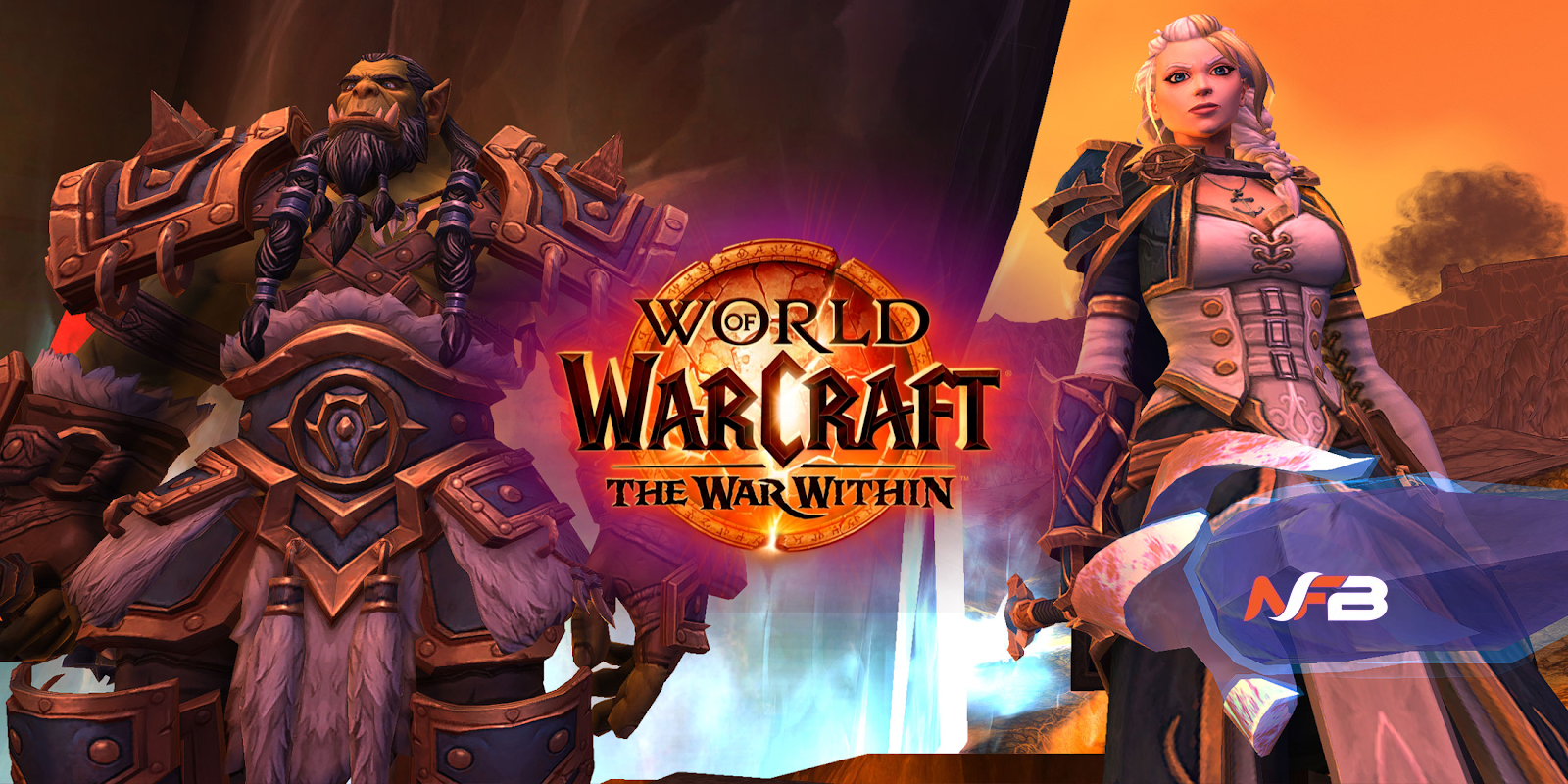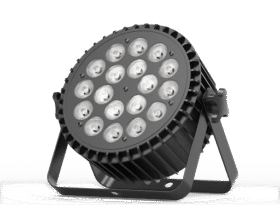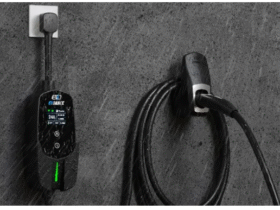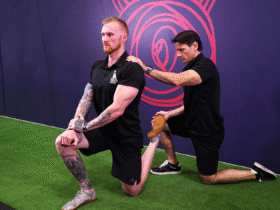Raiding in World of Warcraft can be compared to piecing together a complex puzzle. Every player in the group has a specific role, and to defeat the powerful bosses, these roles must work together seamlessly. A successful raid group needs good tanks, healers to keep the team alive, and DPS to damage enemies significantly. However, the setup of a raid team can change depending on the raid or the boss you’re facing. Some bosses are easier to beat with more melee attackers, while others are better approached with more ranged damage dealers.
This guide will help you understand how to gather a good raid team. We’ll cover what to consider when choosing players for different roles and highlight how different classes bring unique benefits to the raid. Whether you’re a raid leader or just starting in endgame content, knowing how to assemble a strong team is key to success in WoW’s challenging PvE content. But, if you prefer to avoid the time commitment or struggle with finding a solid group, you might consider a WoW Raid carry service. It allows you to play with the best players in the community, saving time while ensuring you’re part of the most optimized raid compositions.
Understanding WoW Raids
Raids in World of Warcraft are large-scale events. World of Warcraft Raids carries service, where groups of players come together to fight powerful bosses and overcome difficult challenges. Unlike regular dungeons that require five players, raids usually involve bigger groups, ranging from 10 to 30 players.
In raids, each player assumes a specific role, and the three main roles are tanks, healers, and DPS. Tanks draw the boss’s attention and absorb most of the incoming damage. Healers focus on restoring health and keeping the group alive, while DPS players deal damage to the boss and any other enemies in the raid.
Raids come with four difficulty levels.
- LFR is the easiest, allowing players to experience raids with a randomly assembled group.
- Normal and Heroic modes are more challenging, requiring better coordination and communication between players.
- Mythic difficulty is the hardest, demanding near-perfect execution and teamwork from the group.
Each raid is also tied to the game’s lore.
- For example, in the War Within expansion, players take on Queen Ansurek and her corrupted followers in the Nerub’ar Palace raid.
- Other notable raids include Amirdrassil, the Dream’s Hope, where players defend the World Tree, and Aberrus, the Shadowed Crucible, set in a dark laboratory with tricky mechanics.
Completing these raids rewards players with powerful gear, achievements, and sometimes rare mounts or other exclusive items. Raiding remains a core part of WoW’s endgame, loved for its challenge and excitement.
Building a Strong Raid Composition
Gathering a successful raid team in WoW involves balancing different classes and roles to tackle the various challenges you’ll face. While each raid may require a slightly different approach, some universal principles can guide you in building a strong raid group.
Key Roles and Ideal Setup:
- Tanks: Tanks are essential for absorbing damage and keeping enemies focused on them. A typical raid will have 2-3 tanks, though some fights may require more for added control and survivability.
- Healers: Healers are crucial for keeping the team alive, restoring health, and countering large bursts of damage. Depending on the difficulty of the raid, having 5-7 healers ensures that each group has coverage and enough healing power to deal with the raid’s toughest moments.
- DPS: The bulk of any raid is made up of DPS players. You’ll want a mix of melee and ranged DPS to handle different boss mechanics. Popular DPS classes like Fury Warriors and Frost Mages often make up a significant portion of the raid due to their high damage output. Still, including other courses that bring unique utilities, like Warlocks and Rogues, is crucial.
Class Considerations:
- Fury Warriors and Frost Mages: These classes are known for their exceptional damage output, making them ideal for raids that require high DPS. Their consistent performance in many raid environments makes them a reliable choice.
- Warlocks and Hunters: These classes offer utility beyond just dealing damage. Warlocks provide summoning, crowd control, and debuffs, while Hunters excel at pulling mobs and offering sustained ranged damage.
- Utility Classes: Druids, Shamans, and Paladins are valued for their flexibility. Druids can switch between healing, tanking, or DPS roles depending on the raid’s needs. Shamans and Paladins bring powerful buffs, healing, and damage mitigation, making them invaluable in tough encounters.
Some raids require adjusting your raid composition to fit the specific challenges of the encounter.
- For example, transitioning from Molten Core to Blackwing Lair might require adding more ranged DPS or additional tanks to handle different mechanics.
- For the hardest Mythic difficulty content, you’ll often need to carefully balance the number of healers and DPS classes to maximize survivability and damage.
Flexibility and Adaptation
One of the most valuable features of a raid group is having players who can switch roles or characters based on the raid’s needs. Flexibility allows the group to adapt quickly to changing situations, such as player deaths or unexpected mechanics. Swapping from a DPS to a healer or tank can save the raid from wiping and keep the group progressing smoothly.
Practical Tips for Building a Strong Raid Team:
- Balance Your Roles: Ensure you have a balanced mix of tanks, healers, and DPS to cover all the fight’s mechanics. Overloading on DPS at the expense of healing or tanking can lead to issues, especially in raids that demand high survivability.
- Leverage Class Synergy: Certain classes work better together. For example, Shamans can boost raid-wide healing with their Healing Totems, and Paladins can use their auras to reduce incoming damage. Druids can provide useful crowd control and buffs that enhance the entire team.
- Avoid Over-Specialization: While it might be tempting to stack several of the same high-damage class, it’s important to diversify your raid team. Too much of one class can lead to gear bottlenecks and leave your raid vulnerable to specific boss mechanics that target a particular damage type.
A Summary of Good Raid Composition Practices
To succeed in WoW raids, it’s crucial to form a strong raid group in terms of enjoyable game mechanics for the players involved. This means balancing optimization with ensuring that players are satisfied with their roles. Ultimately, the success of a raid hinges on the group’s ability to work together and adapt to the changing challenges of the raid environment.
By considering the balance of roles, adapting to the specific needs of each raid, and ensuring flexibility among your players, you can form a powerful, cohesive raid team that can handle the most challenging content in World of Warcraft.
Final Thoughts
Raiding in WoW offers one of the game’s most exciting and challenging experiences. The composition of your raid team can make a significant difference in how smoothly your group progresses through content. Whether you’re facing off against Queen Ansurek in Nerub’ar Palace or protecting Amirdrassil from corruption, a well-balanced, adaptable raid team is key to success. So, assemble your team wisely, communicate well, and tackle the epic challenges that await in Azeroth.











Leave a Reply